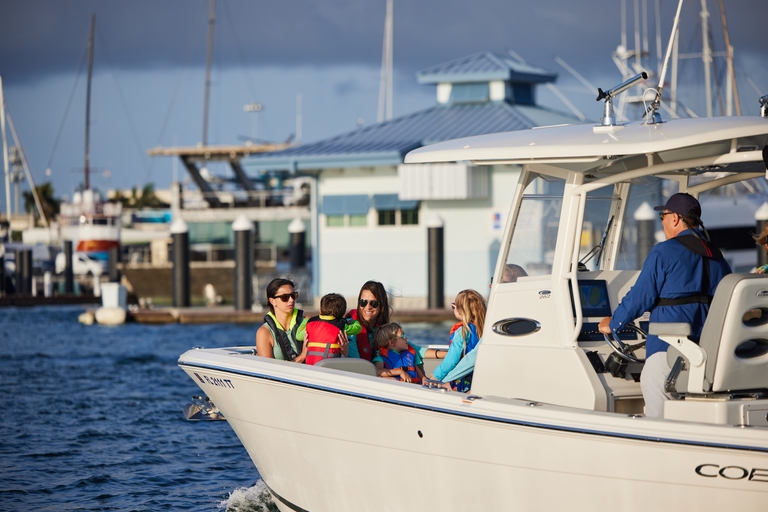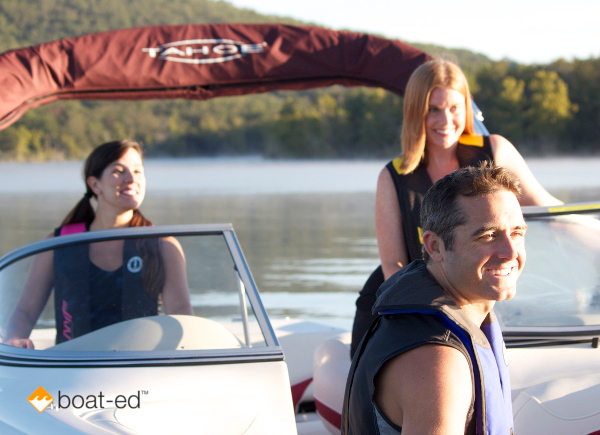Staying Safe on the Water: 2019 Paddlesports Infographic
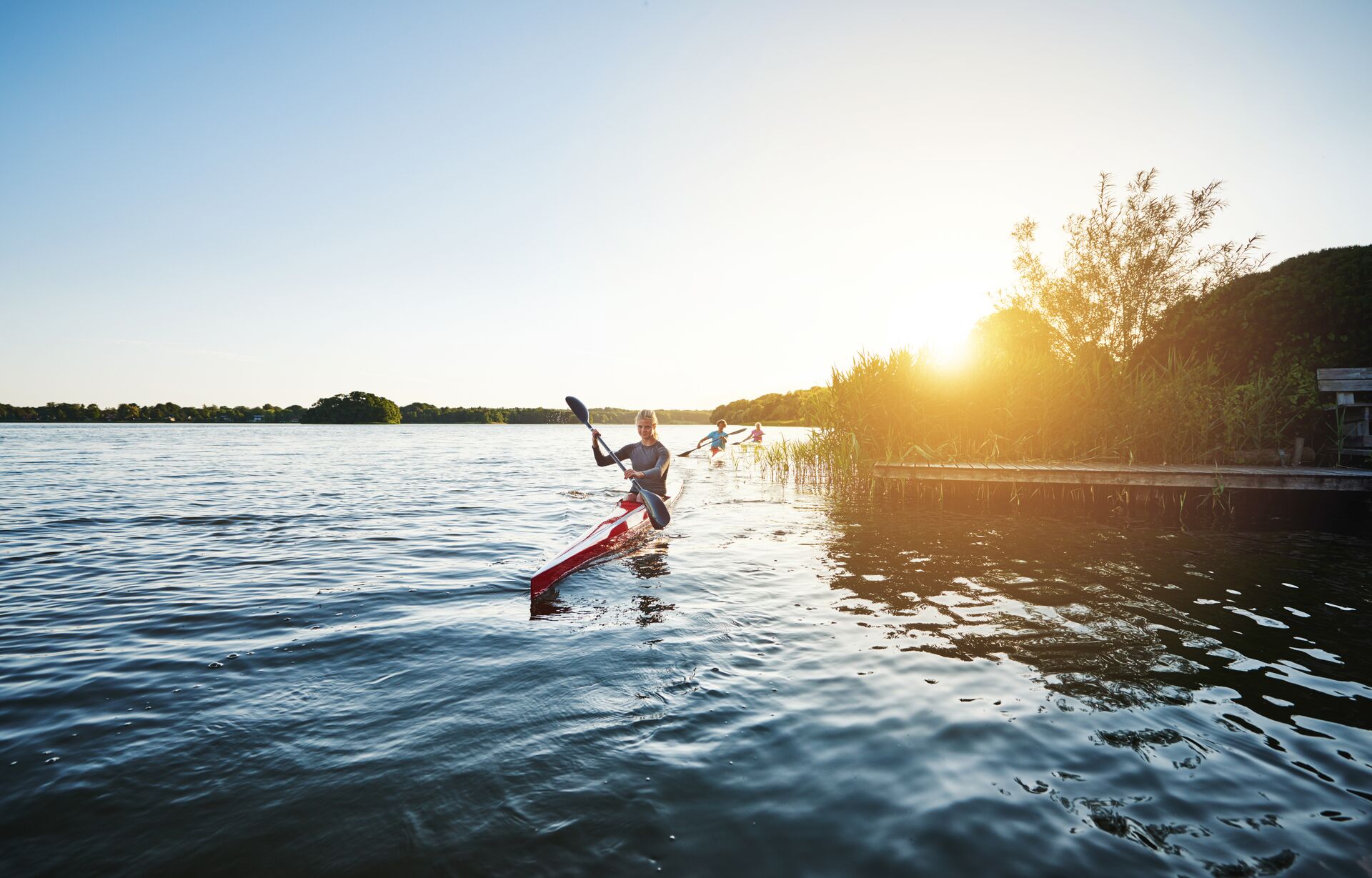
Boaters share the water with many different types of crafts and it's everyone's responsibility to keep our waterways safe. This means staying alert and looking out for other boaters and people enjoying different ways of being on or in the water.
Paddlesport participation rates have grown in recent years, meaning more people on the water must be aware of safety guidelines and potential dangers.
So, today, we talk about different types of paddlesports, the potential for accidents when participating in these sports, and how to stay safe whether you're on a boat or a canoe – especially if your small watercraft dumps you overboard.
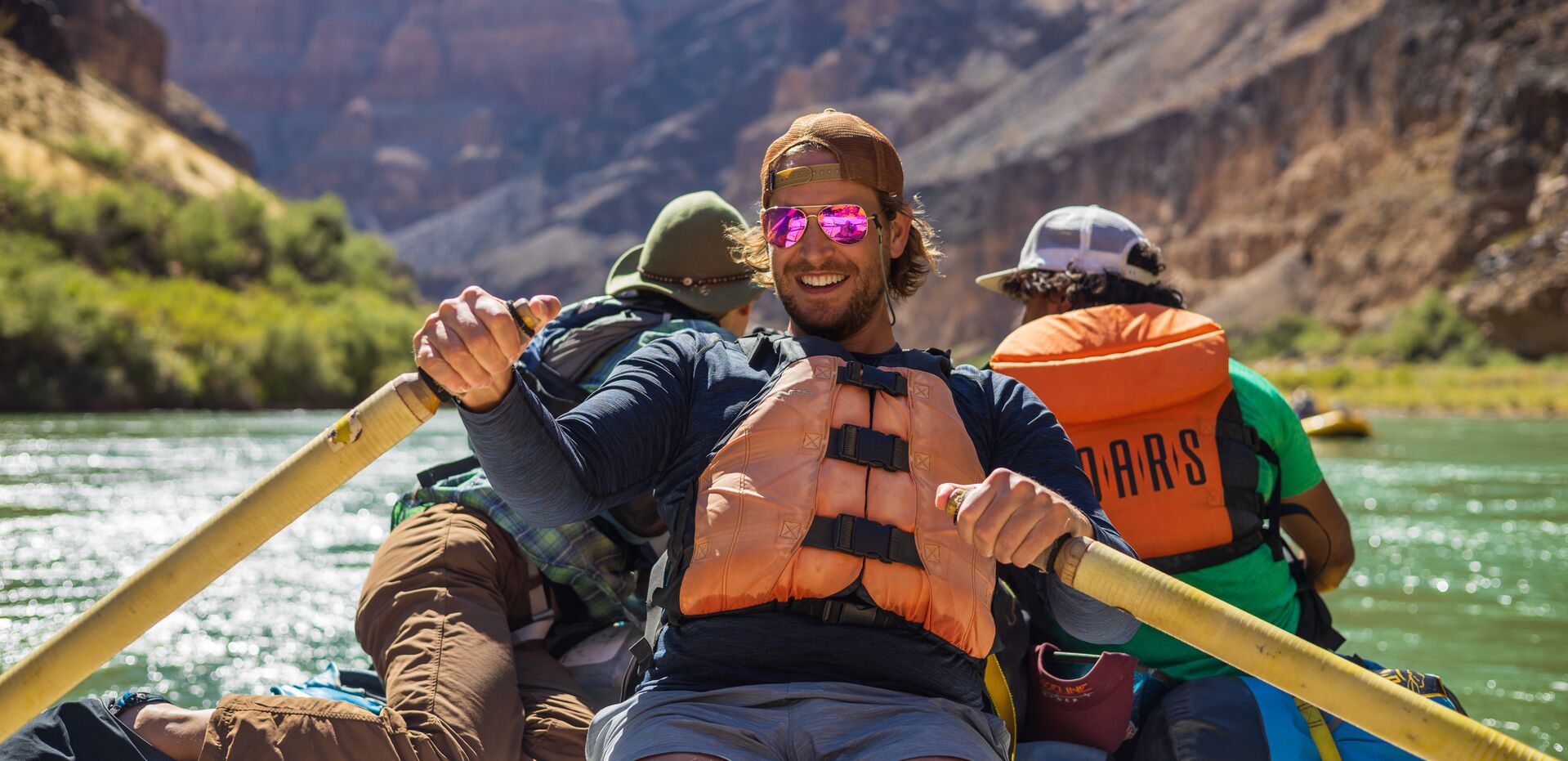
What Are Paddlesports?
A Google search can lead you to lots of options for paddling on the water, but for the most part, these sports fall into four primary types:
- Canoeing
- Kayaking
- Stand-up Paddleboarding
- Rafting
In general, paddling is a solo adventure – sometimes including more than one person in a canoe or a raft. Its solitude and peacefulness are what attract many to being on the water in a kayak or a stand-up paddleboard. However, there is also plenty of adventure to be had if you prefer whitewater rafting or kayaking down the rapids.
The key differentiator between paddlesports and boating is the lack of a motor. You get where you're going on a raft or canoe by paddling it yourself with your strength and a paddle.
A Paddlesports Infographic
How popular are paddlesports? What's the potential for having a serious accident while on the water in a kayak?
The following infographic illustrates some of the recent research findings from the United States Coast Guard and the Outdoor Foundation.

As you can see, most fatalities occur in canoes or kayaks (among other types of paddling crafts). Operator experience and alcohol use are two of the top contributors to paddle accidents, very similar to the contributing factors to most boating accidents.
Be Aware and Be Safe When Paddling
What can you do to stay safe when paddling? Whether you're kayaking alone down a secluded river or on your stand-up paddleboard on a busy lake, apply core safety principles to keep yourself safe and enjoy your time on the water.
These safety essentials include:
- Wearing a lifejacket
- Being aware of other boaters and paddlers near you
- Understanding posted signs and signals to stay in paddle-appropriate waters
- Practice paddling in safe waters close to shore until you become stronger and more experienced
- Taking a boating education course to learn about staying safe on the water
Unlike a boat, you probably don't need a fire extinguisher onboard your kayak (although if you have room, it probably wouldn't hurt to bring one along).
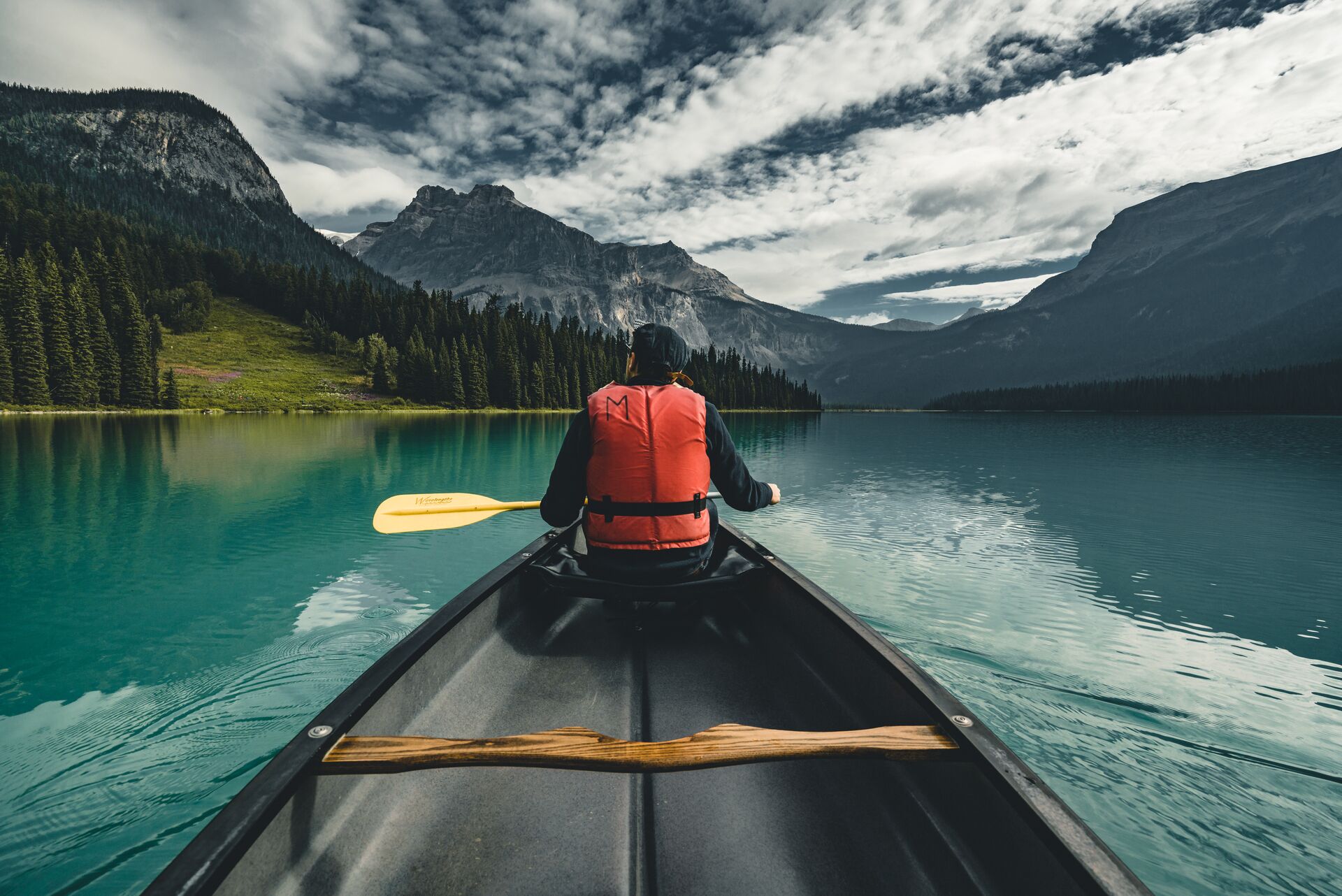
Stay Safe with Boater Education (No Matter How You Enjoy the Water)
You may not think a boater safety course applies to you when on your stand-up paddleboard or taking the kayak out for a quick trip across the lake. However, understanding the risks to you as a small watercraft operator can help keep you safe whether you paddle near others or in a remote area.
In our state-approved Boat-Ed courses, we cover paddleboard safety and potential risks to be aware of. We want everyone on the water to stay safe and enjoy more days on the water – and that includes those who enjoy the water through paddlesports!
So, before you head out on your next canoeing or whitewater rafting adventure, get safety certified through Boat-Ed. You'll have the education and certification you need to operate any watercraft!
Find the course for your state and start learning with our free online study guide.
Content last updated March 28, 2023.

